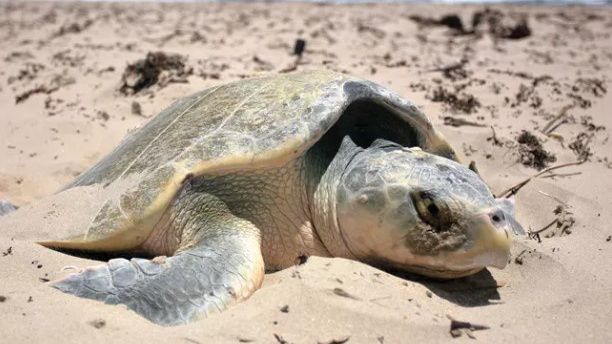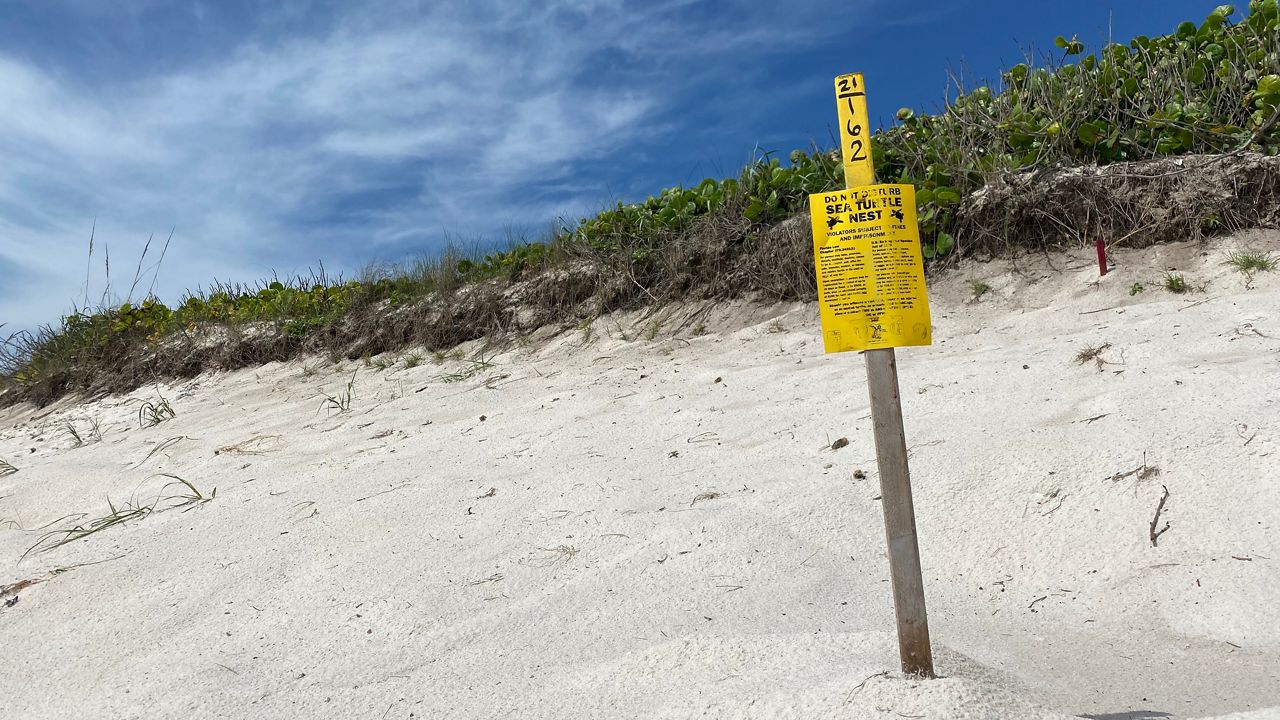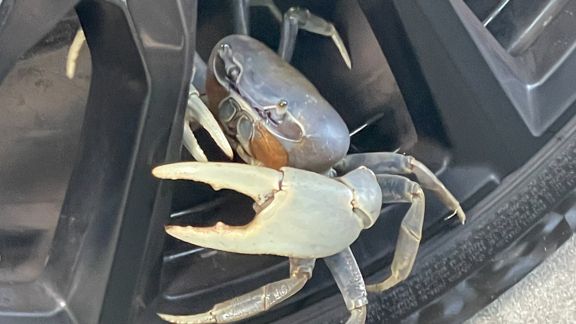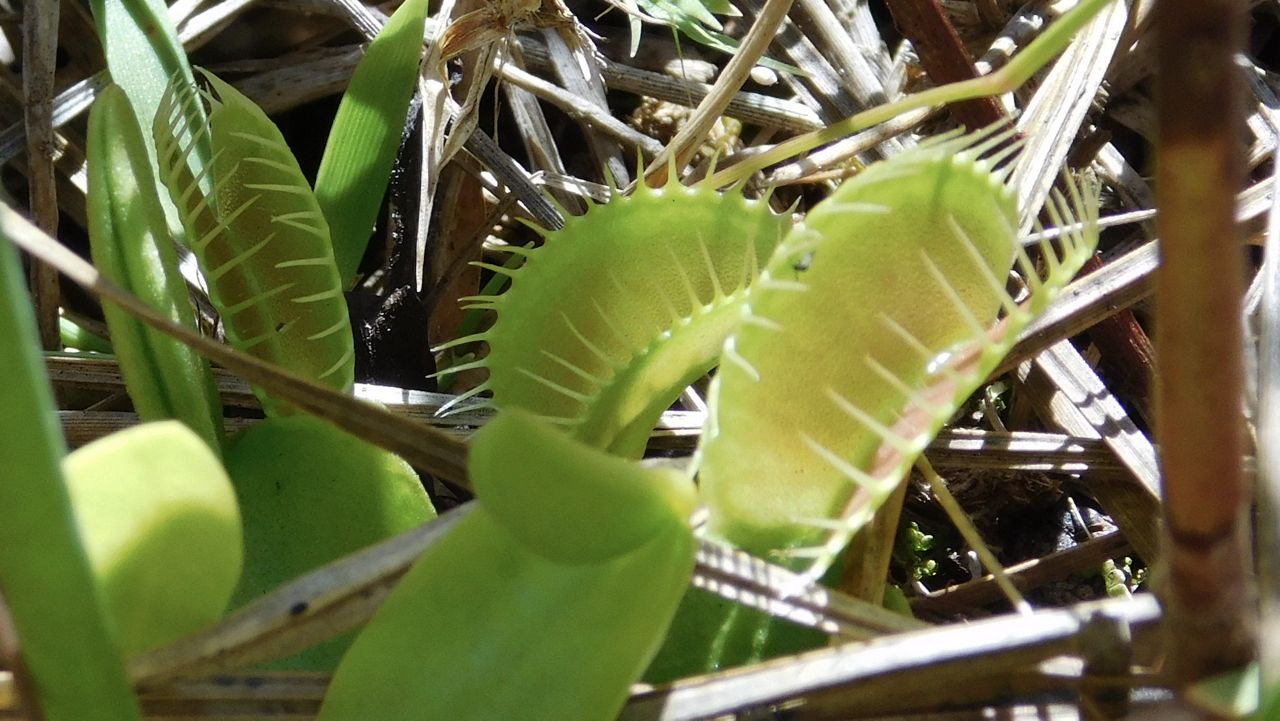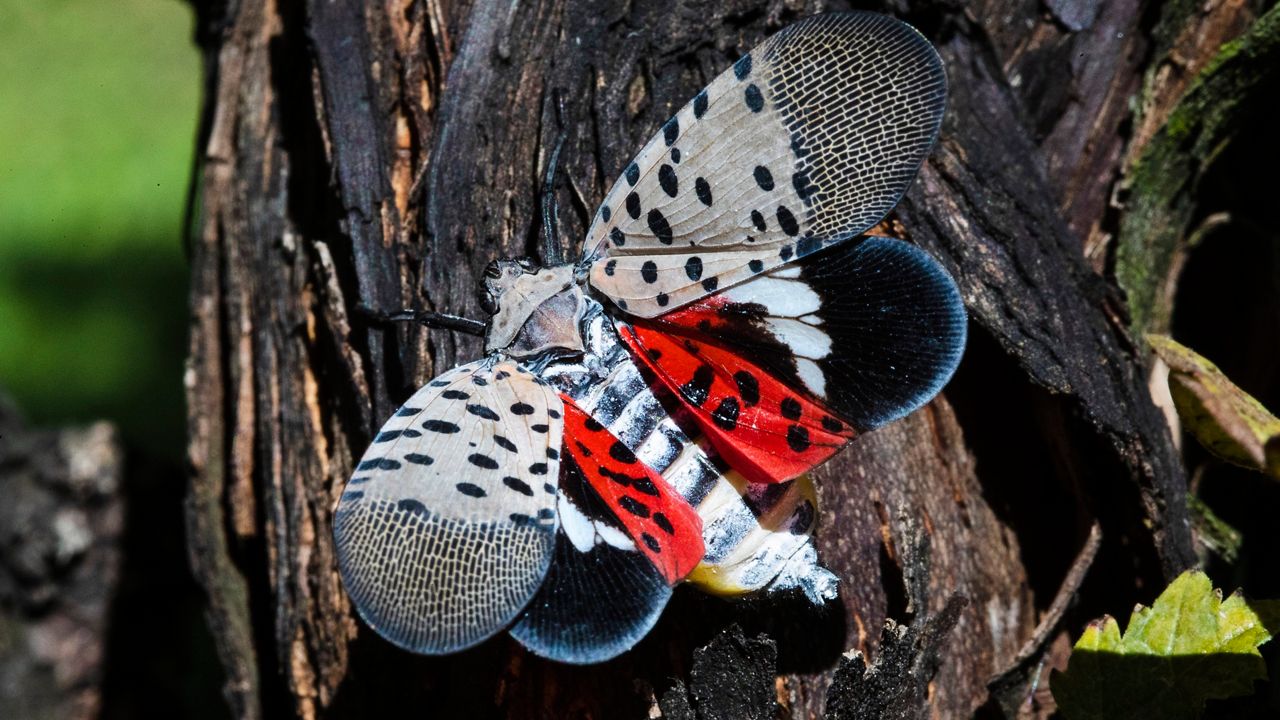The world’s smallest and most endangered sea turtle is nesting at North Carolina’s Cape Hatteras National Seashore, and performing a little jig while she does it.
The Kemp’s ridley sea turtle nests during the day, park officials say, unlike other turtle species. Also, unlike other species, they do a little “side to side shuffle” on top of their nests.
Park officials call the shuffle the “Kemp’s ridley dance.”
Officials with the Cape Hatteras National Seashore posted a video Wednesday of a Kemp's ridley nesting in the sand. The video was taken near ramp 23 on Hatteras Island, which park officials say is the northernmost nesting of the turtle ever recorded on the seashore.
Most sea turtles cover their eggs by pushing sand on top of the nest with their flippers, but the Kemp’s ridley takes it a step further.
The adult turtles typically reside in the Gulf of Mexico, although juveniles can be found up and down the East Coast.
The Kemp’s ridley sea turtle is named after Richard Kemp, who helped discover and study the turtle, according to the National Parks Service. The turtle’s scientific name is Lepidochelys kempii.
Adult Kemp's ridleys can get up to 2.4 feet in length and weigh 100 pounds.
Visitors who spot a sea turtle are asked to report the sighting to park officials at 252-216-6892.





